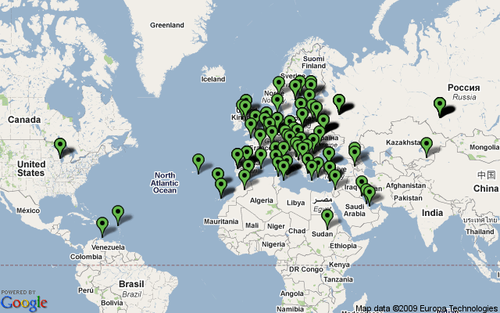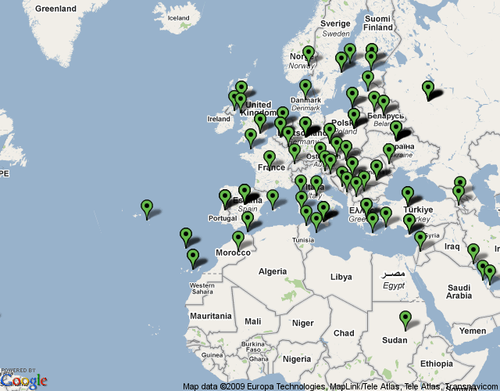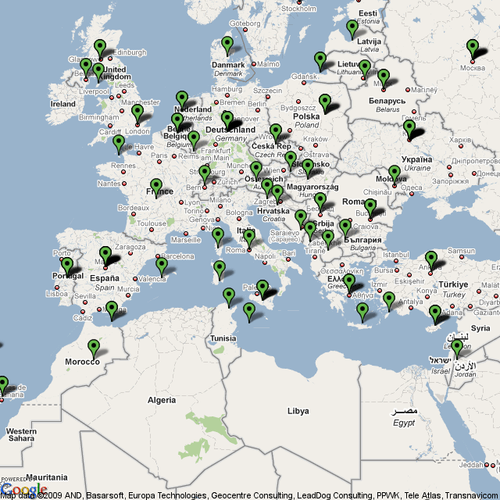During the last days I was in big frustration reading more antenna theory than my brain could ever afford! I was looking into the details that I had possibly missed or overlooked all these years, and I think I am getting the big picture piece by piece (I will come back to this at a later post!).
Today I decided to take a break from reading and turn on my rig and check some things. I was a bit dissapointed because all bands above 30m were covered by noise . I switched to 40m and heard a contest running but I did not get into the trouble of listening, I was not so in the mood.
After a while I decided to listen a bit on 40m because it was the quitest band I could use (only 3 S-units of noise) and I heard a station hidden in the noise calling CQ. I had to hear a lot of calls to catch the prefix, and a lot more to get the whole callsign because it was just below the noise. It turned out to be JS3CTQ, a station from Japan! I was happily shocked! My next steps were to immediately hook up my PC to the rig and record the next QSOs because I did not know if this would last for long!
I moved a bit up and heard another station deep in the noise calling CQ. I suspected this was a Japanese station also, so I kept monitoring until I got his callsign. It was indeed a Japanese station, JO1LVZ ! I stayed there longer and I noticed that a lot of stations were calling him, and he could easily get Italian and Greek stations, but a station from Poland was trying for over 20 minutes without luck. At that point JO1LVZ was lost and I got back to JS3CTQ. Something magical had happened! The noise had dropped a bit and also the station was now heard at S6!
That was amazing! I could not believe that I was hearing a station from Japan so loud , the same time I am trying to understand why I could not hear any Japanese stations during the CQ WW DX contest!
This small experience indicates that it is possible for my setup to catch some signals from Japan (which possibly come from stations running KW on multi-element beams).
Some 20 minutes later I completely lost him (maybe he turned his beam) and I was so excited that I had to quit to prevent a stroke! Just before I turn off my rig a new station JH4UYB pops-up at about S7 !!!
OK, this is too much for me for just one day, I need to take a break !
73, SV3DJG



